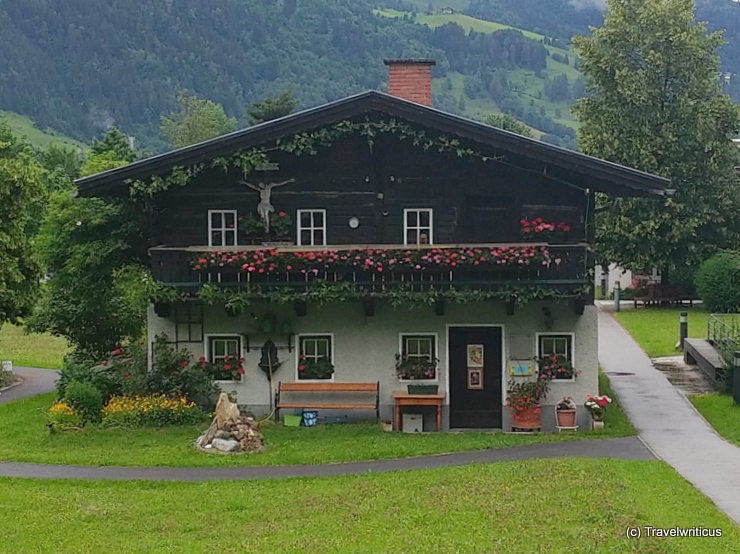
For many years, the Gastein collector Hans Breyer (1927-1997) collected gramophones, radios and cameras. The Schinderhaus houses this collection (Technische Sammlung Hans Breyer), making it accessible to visitors to Bad Hofgastein. [German]
You only see what you know (Goethe)

For many years, the Gastein collector Hans Breyer (1927-1997) collected gramophones, radios and cameras. The Schinderhaus houses this collection (Technische Sammlung Hans Breyer), making it accessible to visitors to Bad Hofgastein. [German]
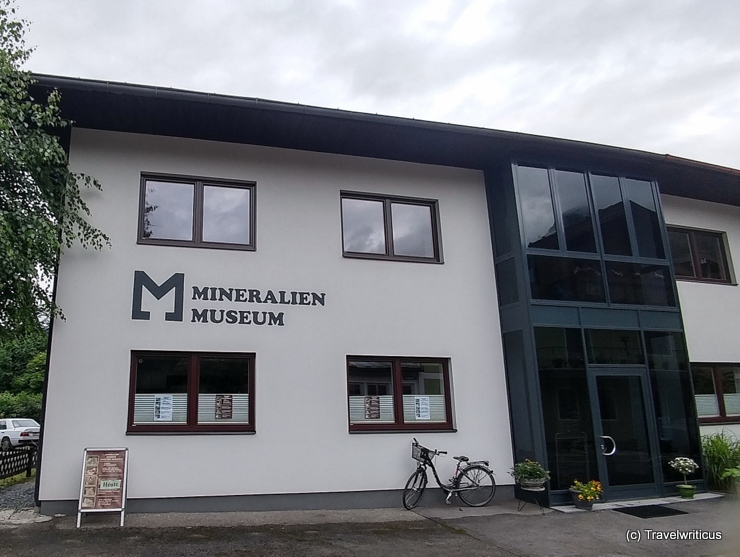
A modern-looking building houses the Mineral Museum in a quiet district of Bad Hofgastein. Generally, the collector of the minerals is present and then likes to tell the story of the collected pieces. [German]

Children can try their luck at panning for gold at this remarkable place on a creek in Angertal. Display boards explain how the young diggers will find gold in water courses. In a hut, rubber boots and pans are available for the gold panning adventure. [German]
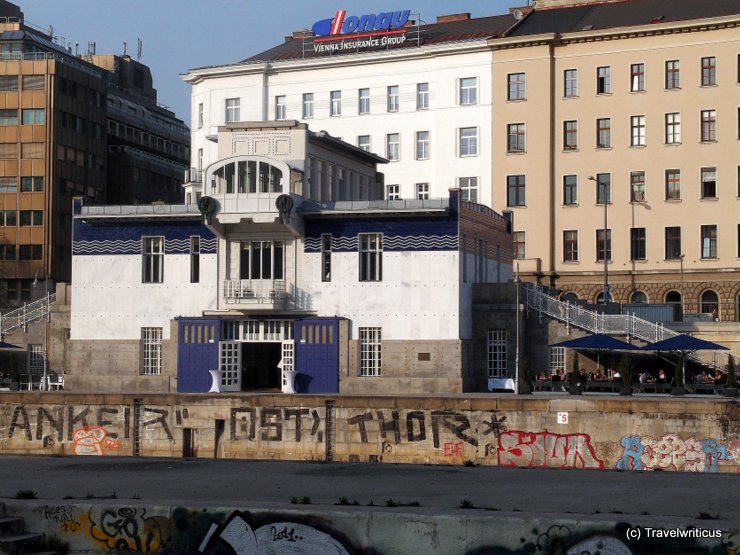
The Schützenhaus was built in 1904 – 1908 according to plans by Otto Wagner. The building was part of a planned weir. Schützenhaus refers to the control gates (Schütze) used in such weirs. Today, the building houses a restaurant called “Otto Wagner Schützenhaus”. [German]
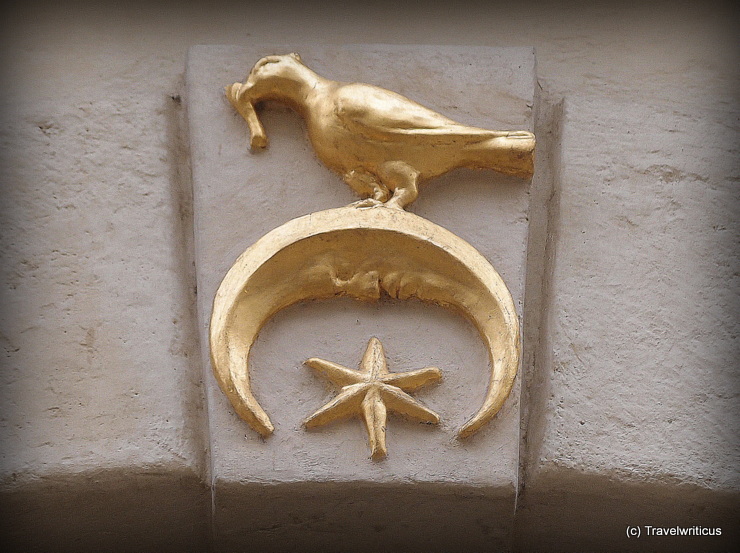
This house sign in Graz shows a bird standing on a combination of a star and a crescent. The combination of star and crescent was already known in the Hellenistic period (4th–1st centuries BCE). The crescent represents the moon, and the star represents the sun or the morning star. [German]
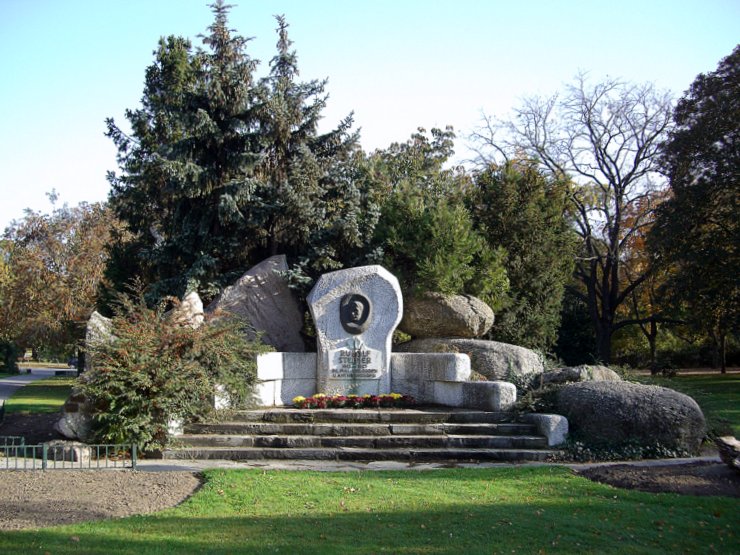
This memorial in Vienna commemorates the journalist and esoteric Rudolf Joseph Lorenz Steiner. Rudolf Steiner (1861-1925) is considered the founder of anthroposophy. The monument stands in the Swiss Garden (Schweizergarten) and saw its construction in 1981. [German]
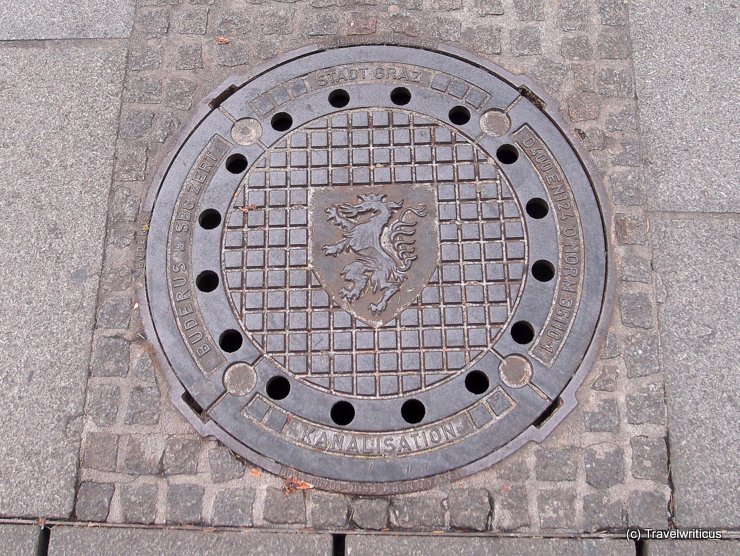
The manhole covers in Graz show the city arms. It is a Panther with flames from all body openings. The depiction is similar to the Styrian coat of arms. However, the modern Styrian Panther has horns and only one flame from his mouth. [German]
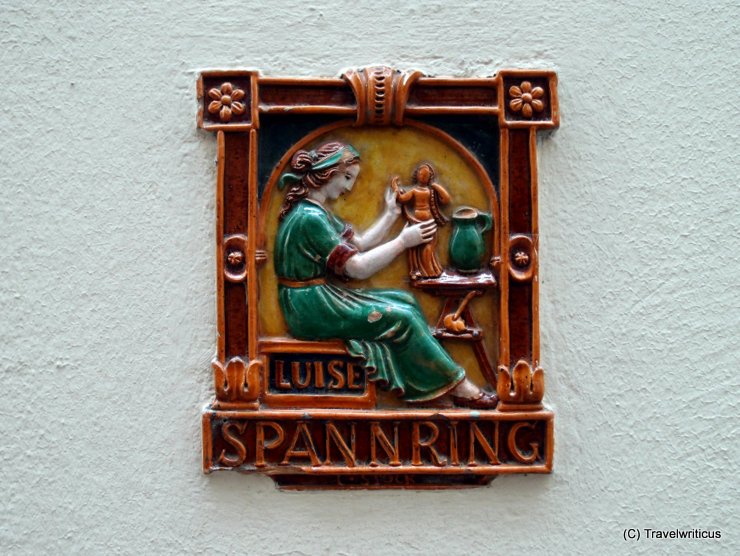
This ceramic tile in the Steingasse is reminiscent of the ceramicist Luise Spannring (1894-1982). In Salzburg, she became known as the founder of a ceramic school. Her works are exhibited in numerous museums. In the Salzburg Museum, you see ceramic nativity scenes from her. [German]
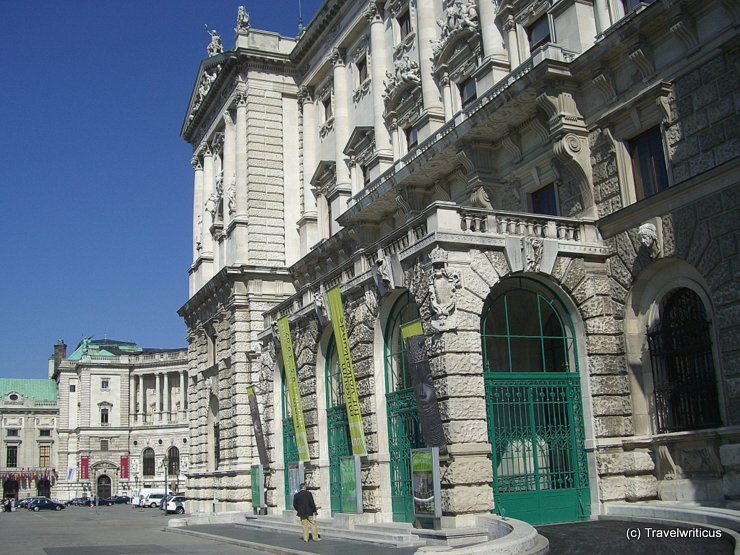
When I first visited the museum, it was known as the Museum für Völkerkunde (Museum of Ethnology). Today it is called Weltmuseum Wien (World Museum Vienna). The exhibits are the same. But the information is one facet richer: As a visitor, I learn a lot more about the circumstances under which the cultural objects came into the museum.
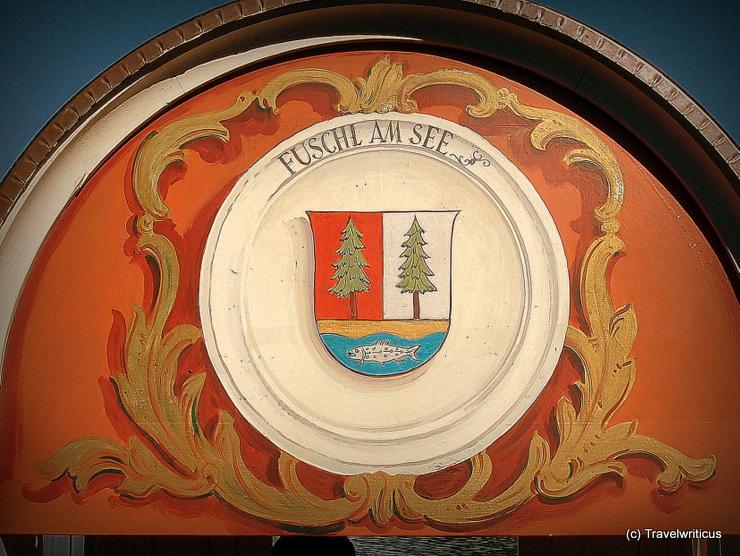
Fuschl am See in the Austrian region of Flachau is known for a lake which provided the court of the Archbishops in Salzburg with fresh fish. Its town arms display two trees and a fish.
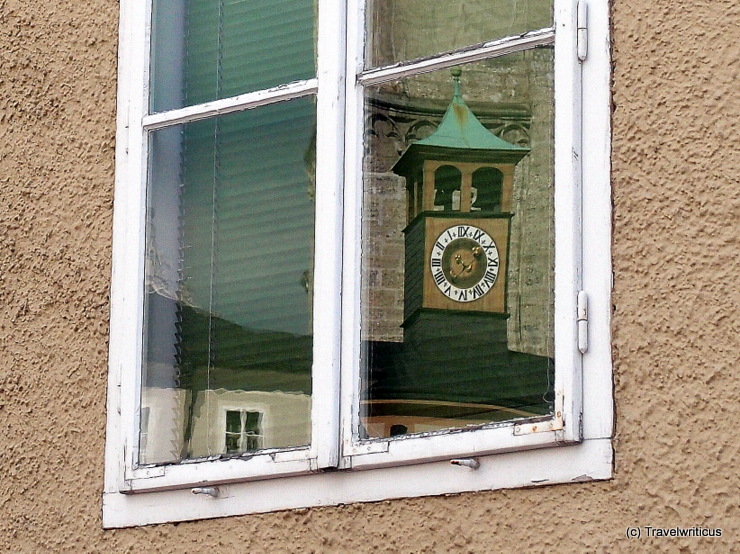
This public clock, reflected in a simple window, is located on top of a walkway connecting the Franciscan monastery (Franziskanerkloster) with the Franciscan church (Franziskanerkirche) in Salzburg. [German]
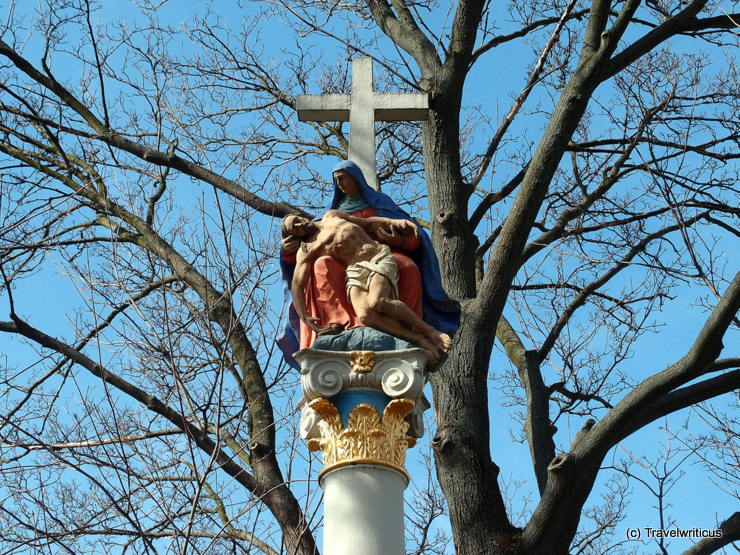
The ‘Blaue Kreuz‘ (Blue Cross) is a colourful piety column in Kittsee, a small town in the Austrian state of Burgenland. The column is dated 1752 and shows a Pietà. Considering it is exposed to wind and weather, I was surprised by how bright-coloured this column looked.